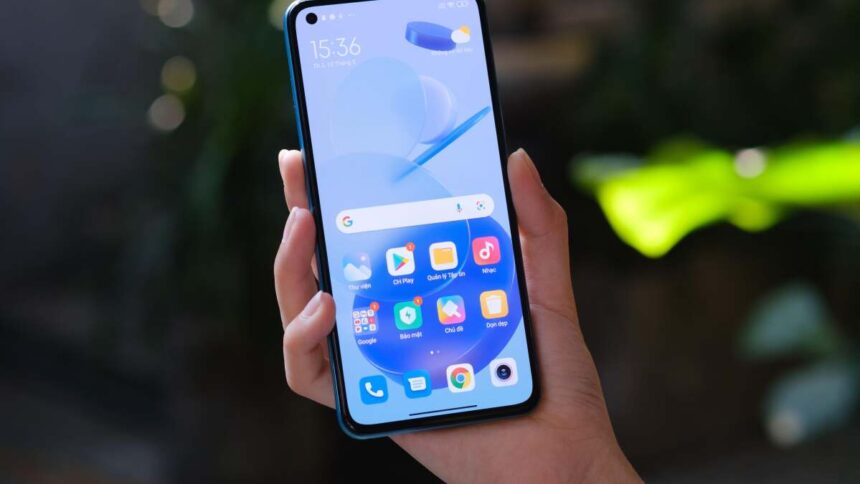Your Complete Guide to Taking Screenshots on Android Devices
Screenshots have become an essential part of the smartphone experience. Whether it’s a memorable text message, a stunning image, or a funny meme, the ability to share these moments quickly is vital. However, if you’ve recently transitioned to a new Android device, especially from an iPhone, you may find yourself unsure about how to capture what’s on your screen.
Unlike iPhones, which are uniform and designed solely by Apple, Android smartphones are produced by a variety of manufacturers. This means that if you own a Google Pixel, Samsung Galaxy, OnePlus, Nokia, or Motorola, the method for taking a screenshot can differ from one device to another. Fortunately, there are standardized shortcuts that generally apply across most contemporary Android smartphones.
For more detailed instructions specific to your device, consider consulting the user manual of your smartphone. Below are several general techniques that should work for most Android users.
Capturing a Standard Screenshot on Android
The simplest method to capture a screenshot is to simultaneously press and release the Power and Volume Down buttons. If successful, you will see a flash on the screen, accompanied by a thumbnail preview of your screenshot. This method typically works across most modern Android models, including Google, Samsung, and OnePlus devices. This is a development from the older approach that required holding down the Home button and the Volume Down key.
Keep in mind that the timing of these button presses may vary by device, so it might take a little experimentation. For example, on some models, you may need to press and hold the buttons for a second or so to capture the screenshot.
Alternatively, on certain Android versions, holding the Power button until additional options appear may reveal a “Screenshot” option, contingent on whether your specific device supports it.
Taking a Screenshot with Voice Commands
If voice control is your go-to method, you can request your mobile device’s assistant to capture a screenshot by saying, “Hey Google, take a screenshot.” You can also activate the assistant with a button press, such as a long press on the Power button, to make the request.
Capturing Screenshots with Gestures
Many Android devices offer the ability to take a screenshot via gestures. For instance, Google Pixel users can swipe up from the bottom of the screen like they’re switching applications. This action will prompt a “Screenshot” option to appear at the bottom of the display for the selected app. Additionally, on devices with three button navigation, pressing the Overview button (the square icon) can accomplish the task.
The Quick Tap feature also enables you to take screenshots by double-tapping the back of your phone. To configure this, navigate to Settings > System > Gestures > Quick Tap and toggle on “Use Quick Tap.” The default action should be set to “Take screenshot,” but you can change it if necessary. With this set up, double-tap the back of your device with a finger to capture a screenshot easily.
For Galaxy phone users, go to Settings > Advanced features > Motions and gestures, and enable “Palm swipe to capture.” With this feature, you can take a screenshot by swiping your hand across the screen.
Using the S Pen to Take Screenshots on Galaxy Phones
If using a Galaxy device equipped with an S Pen, you can utilize the stylus for capturing screenshots. Simply remove the S Pen, tap the Air command menu, then select Screen write to initiate the screenshot process. Note that on the Galaxy S25 Ultra, Bluetooth capabilities for the S Pen have been removed, which will limit some features like screenshots.
How to Capture a Scrolling Screenshot on Android
A scrolling screenshot captures the entirety of a webpage rather than just the visible part, making it ideal for lengthy content like articles. The process starts the same way as a standard screenshot. After capturing your initial screenshot, look for the scrolling capture button that appears next to the thumbnail. On Pixel devices, it reads Capture more; on Galaxy phones, it’s Scroll Capture; and for OnePlus, it’s labelled as Scroll.
Following this, Android will display a new window with a long image that encompasses the complete page. The original screenshot will be in a crop window, which allows resizing to focus on specific sections or dragging the crop area to capture the entire page. Different manufacturers might implement this slightly differently, but the core functionality is consistent among them.
Recording Your Screen on Android
For those interested in capturing video of their screen, the aforementioned methods won’t suffice. Instead, accessing Quick Settings is necessary. Swipe down from the top of the screen and select Screen record. You can choose to record either A single app or the Entire screen, along with audio options and whether to show screen touches (helpful for tutorials). Finally, tap Start recording.
A countdown will begin, followed by the start of your recording. To stop, simply swipe down from the top of the display again and hit Stop.
If you don’t see the screen recording option, swipe down from the top, click the pencil icon, locate Screen record, and drag it to your desired position on the Quick Settings menu.
Locating Your Screenshots on Android
Once you take a screenshot on your Android phone, it will typically save in your photos application. For instance, those using Google Photos on a Pixel device can access their screenshots by selecting Collections and then Screenshots.












